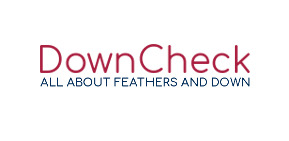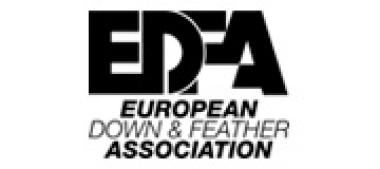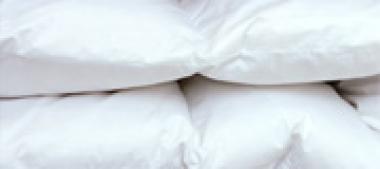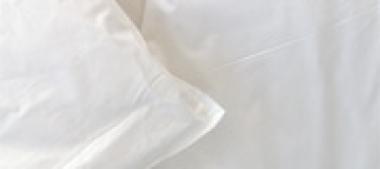Which are the characteristic features of feathers and down from poultry?
Feathers and down from waterfowl (geese and ducks) are a unique natural resource of high quality. Used as filling for quilts, pillows and clothing, this material is distinguished by qualities such as breathability, humidity transport and thermal insulation together with a low weight. These special features account for the homogeneous distribution of feathers and down, for instance, in a quilt as well as for the fact that already small amounts of feathers and down are sufficient for the filling of a quilt.
Geben Sie hier Ihren Text ein.


















